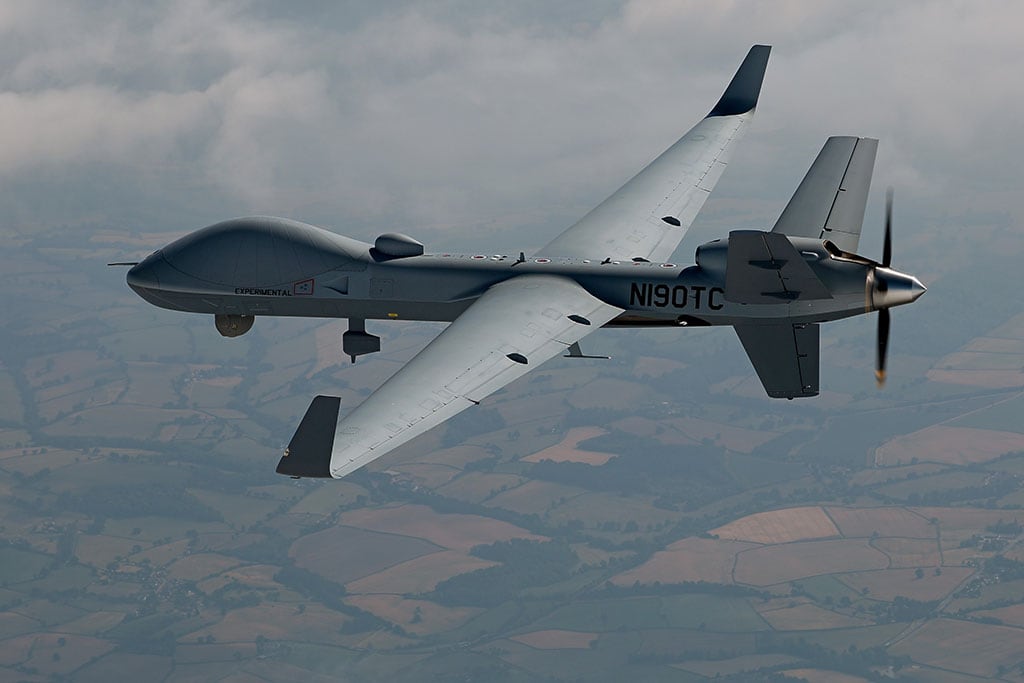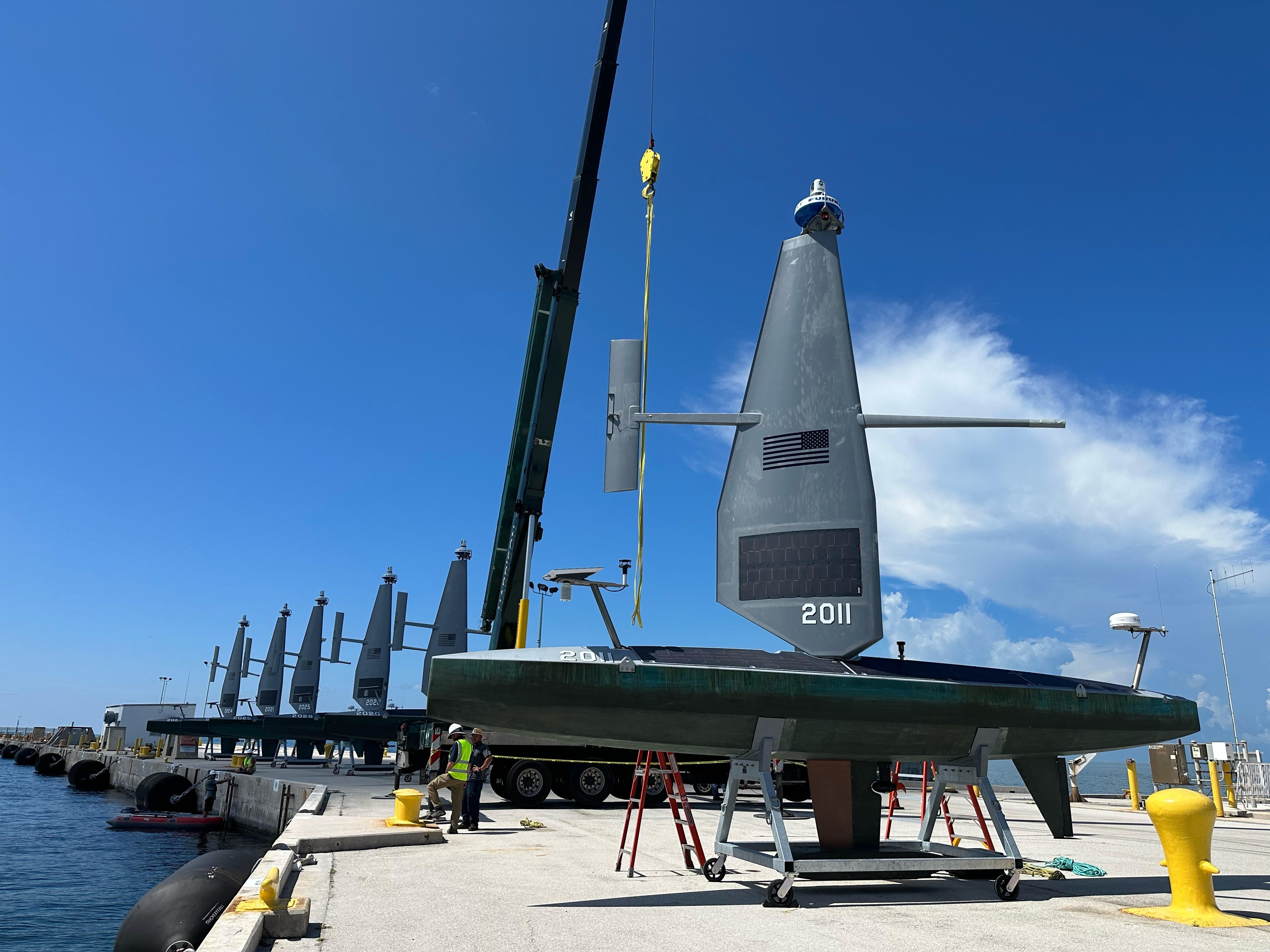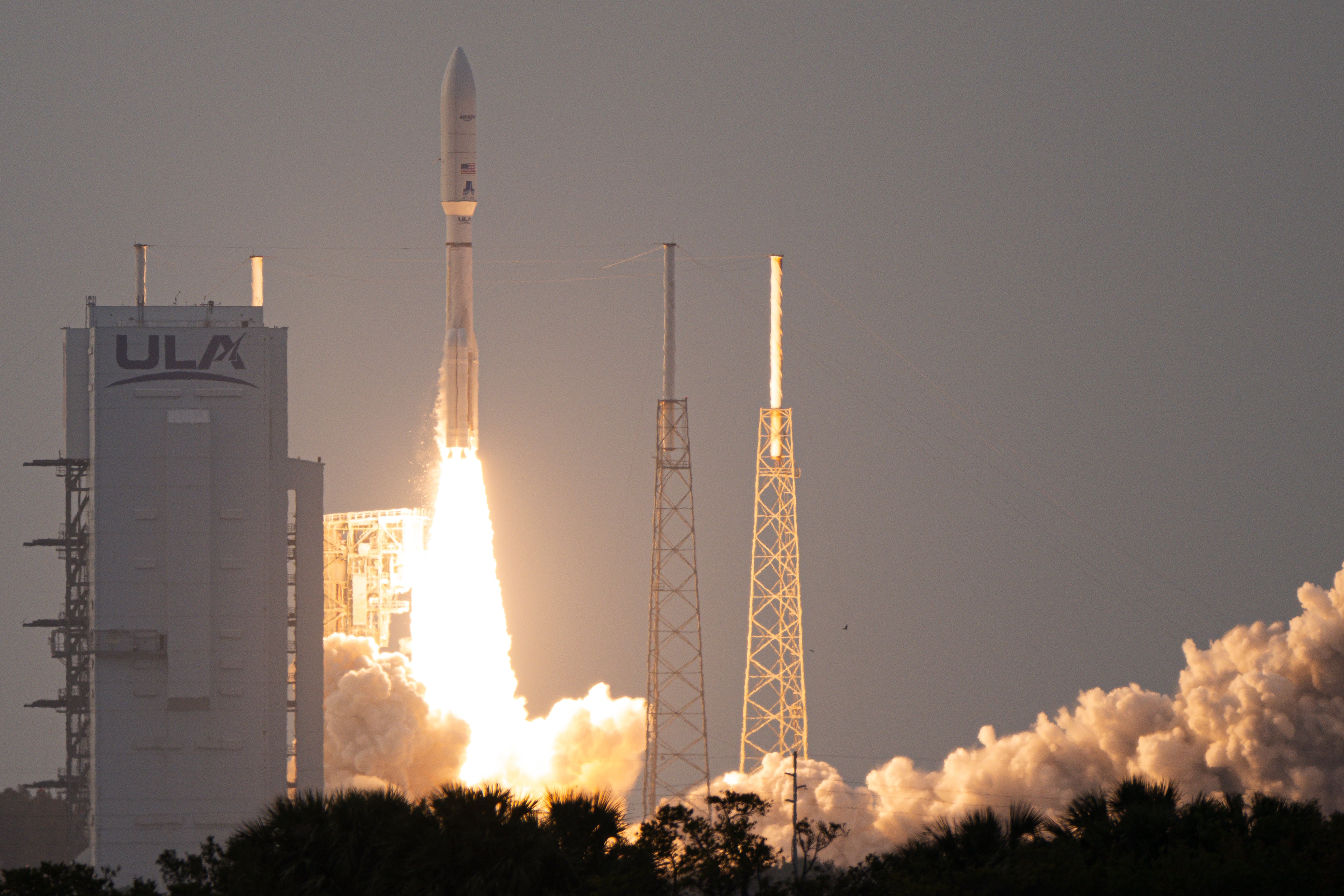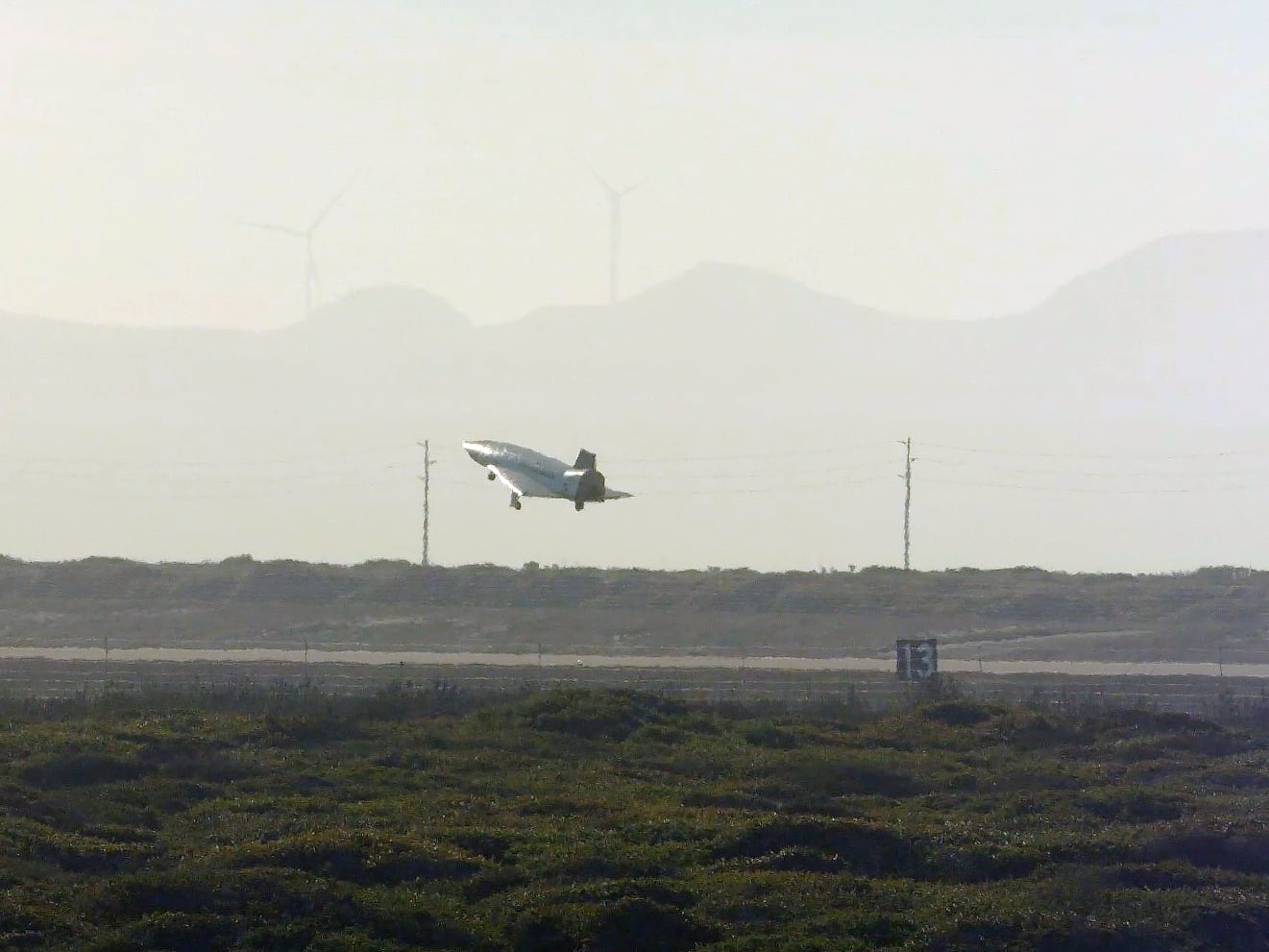With the right airframe, it’s possible to land on over 71 percent of the Earth’s surface. Seagoing airframes are hardly a new phenomena; the first powered flight took place on a beach, after all, and the early days of aviation were heady with designs that took the comfort of a softer landing on water over harder landings on, well, land. Like their peopled predecessors, amphibious drones are following suit and expanding the places an airborne robot can return to the surface.
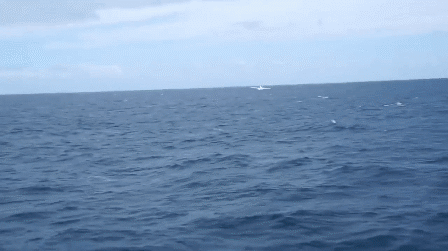
Consider the Aeromapper Talon. With a top speed of 38 mph and two hours of flight endurance, the Talon can do both serious surveying and moderate patrolling. The Talon is marketed primarily at governmental, commercial and environmental clients that want the utility of a commercial drone and don’t mind prices available on request. In an hour of flight, a Talon drone can use its downward-facing camera to map a 13-square-mile area with a resolution of 4.6 inches a pixel. (High resolutions in smaller areas can be captured in the same time.)
Beyond the mapping capability, it’s the nature of the manufacture that stands out for why Talon might interest a Department of Defense customer. It’s made by Aeromao, which is a Canadian company. That doesn’t exempt it from Pentagon bans on using foreign-made drones, but a Five Eyes partner should be an easier sell than other non-American commercial models.
And then there is the utility of the amphibious form. Operations in littoral and wetland areas are difficult to begin with. The ability to regularly fly a drone from a ship or boat into the marshes and then rapidly process the imagery into a usable map means fewer surprises and a better understanding of the operational environment.
As small drones become a regular part of military operations, finding the right drone for the mission needed likely means looking to the commercial world to see what solutions have already been attempted and refined. Autonomously belly-flopping a camera-carrying robot onto the surface of the sea isn’t the most graceful process, but it’s an effective one and, provided the drone can be easily recovered by friendly people in the area, it could be a useful adaptation for small maritime drones in the future.
Watch it in the video below:
Kelsey Atherton blogs about military technology for C4ISRNET, Fifth Domain, Defense News, and Military Times. He previously wrote for Popular Science, and also created, solicited, and edited content for a group blog on political science fiction and international security.

